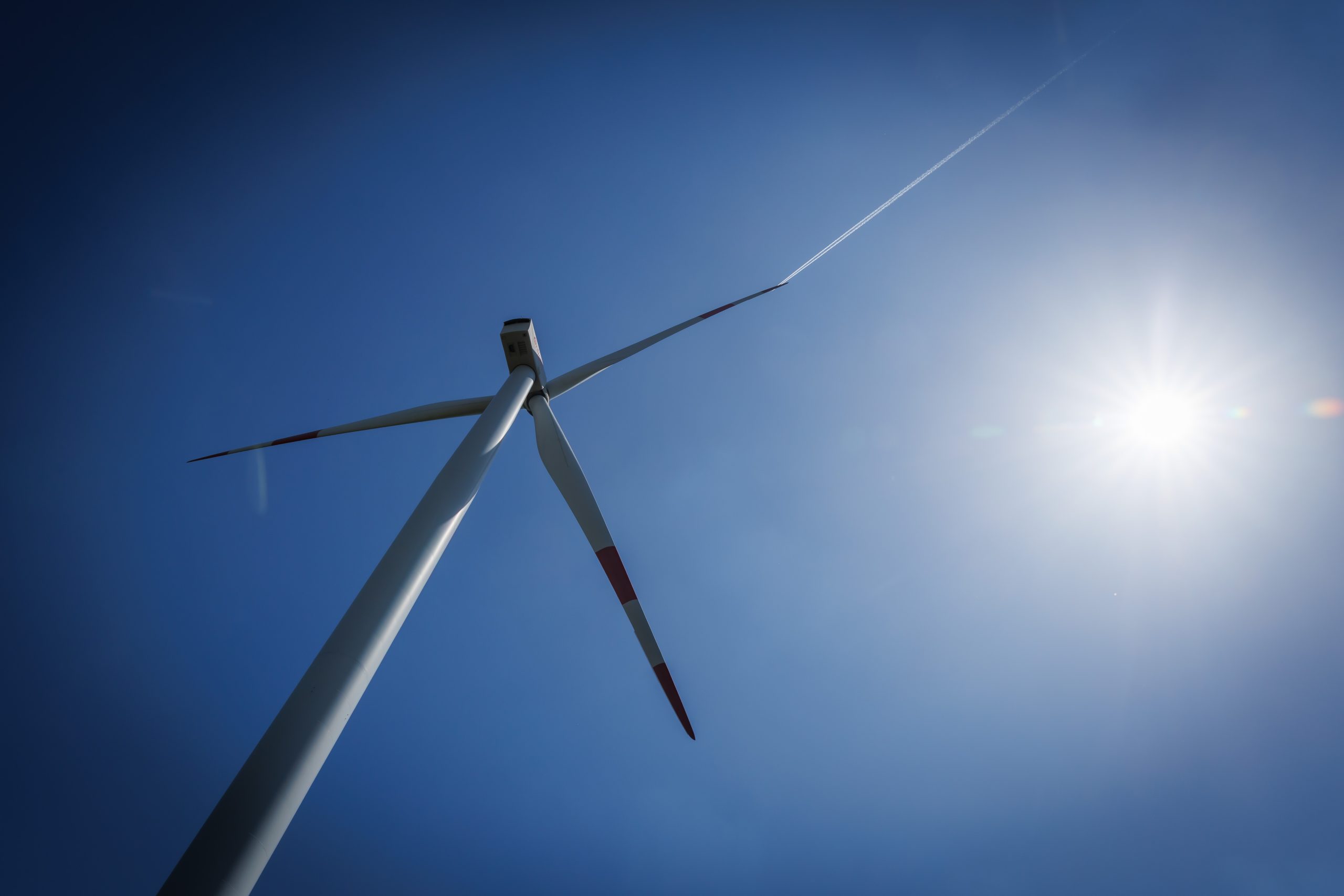You’ve probably seen a giant rotor on a wind turbine at least once, which we habitually call a “windmill”. Wind has become nature’s currency – a free, inexhaustible, and clean source of power that you cannot see, but can feel in the turbine’s motion and in the budget.
Just one full rotation of the blade on this quiet giant of modern technology is enough to power an average household for nearly an entire day. And if all the wind turbines in the world were running simultaneously, they could generate enough electricity to cover the entire electricity needs of Europe for several days.
Denmark, for example, produces so much wind energy that, on windy days, it exports surplus electricity to neighboring countries. In Serbia, where more than two-thirds of electricity still comes from coal, every kilowatt-hour produced by wind means less burned coal and significantly cleaner air. For people in windy regions, the wind is sometimes not just “bad weather” but a lifeline for healthier breathing.
The European Union’s (EU) support to Serbia in developing wind farms and other renewable energy sources is crucial, enabling faster implementation of these complex projects while respecting ecological standards. Investments are measured in hundreds of millions of euros, but their effects are measured in years of healthier life for everyone.
A unique project already in trial operation in Serbia is the wind farm at the Kostolac Thermal Power Plant coal dumps — the first wind farm of “Elektroprivreda Srbije”. With a capacity of 66 MW, this wind farm will produce enough electricity for over 30,000 households, enhance energy security, and contribute to the decarbonization agenda. In this way, an old coal ash landfill is transforming into a clean energy production site, supported by the EU and Germany through grants and loans worth over 145 million euros.
Meanwhile, private companies and financial institutions, including the EBRD, are building wind farms in Banat, increasingly contributing to Serbia’s power system.

Photo: OIE Serbia
The largest wind farm in Serbia is located in Mramorak, Kovin municipality, in South Banat, called Čibuk 1. With the trial operation of Čibuk 2, near the largest farm, Serbia has gained another major boost in wind energy development. The 154 MW project began trial operation on October 21, 2025, with the first circuit coming online, producing electricity for the first time. So far, 35 MW are connected, and full turbine installation is expected to be completed in November, putting the entire wind farm into full operation by the end of the year.
“Currently, Serbia has around 850 MW of wind and solar parks connected to the grid, and by the end of the year, this figure is expected to exceed 1 GW. This is the result of years of work by investors and the state in creating a positive regulatory framework and attracting investment. There are projects and serious investors, but implementation needs to be faster. Building large renewable energy projects requires permits, significant investments, and coordination of equipment and contractors. The plan foresees another 2.5 GW of wind and solar parks to be built by 2030, demonstrating Serbia’s ambition in renewable energy development”, said Danijela Isailović, Manager at the Renewable Energy Association of Serbia.
The total installed capacity from renewable energy sources in Serbia in 2025 amounts to 3,507.8 MW. The largest share comes from hydroelectric plants (2,507 MW), followed by wind farms (642 MW), solar plants (188.2 MW), and prosumer solar systems (119.5 MW). The energy mix is complemented by biogas (48.7 MW) and biomass (2.4 MW).
According to the latest WindEurope report, wind energy plays a key role in Europe’s energy transition. In the first half of 2025, 6.8 GW of new capacity was installed in Europe, 89% of which is onshore. The total wind power capacity in Europe now stands at 291 GW, of which 254 GW is onshore and 37 GW offshore. To reach the 425 GW target by 2030, the EU must accelerate construction to at least 22 GW per year.
One of the less visible but important effects of wind farms is a more independent and cheaper energy system.
A wind farm does not heat a home or turn on a water boiler, but it allows the electricity produced to reach households without relying solely on coal and gas. In an average home in Banat or Vojvodina, this means lower vulnerability to geopolitical crises; when the wind produces part of the electricity, energy prices are less dependent on global shocks. This is a silent benefit that doesn’t make the headlines but makes a real difference between a warm home and a cold winter. For the average Serbian citizen, this is not abstract policy but part of daily life — and this is the most powerful effect of all.
The EU is the largest donor to Serbia’s energy sector, surpassing all other international donors combined. With a support package of 165 million euros, the EU has so far invested more than one billion euros in Serbia’s energy sector.
Read more:
Electricity for 30000 Households from Kostolac Windfarm
Clean energy and social responsibility from Banat wind farms




